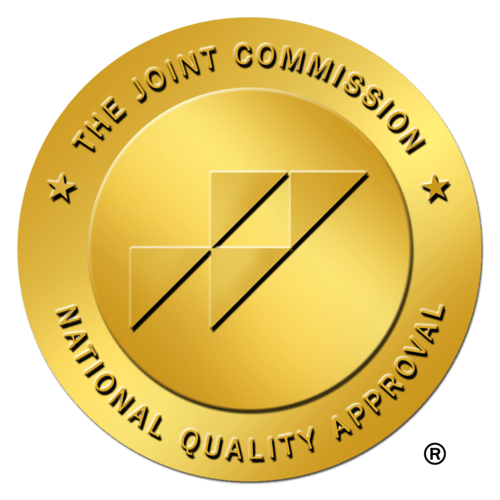
With the worst of the pandemic in the rearview mirror, hospital and healthcare systems are seeing more positive numbers on their balance sheets. Universal Health Services reported $325 million in profits during the second quarter of 2021, with projected annual revenues expected to reach a little over $12 billion.
Some smaller health systems have also reported gains: Allina Health, a non-profit in Minnesota, announced an operating surplus of $13.9 million in the first quarter of 2021 compared to an operating loss of $67.5 million in 2020.
Federal bailout funds, renegotiations with vendors and an optimized revenue cycle have all contributed to a financially brighter 2021. Healthcare organizations that restructured staffing to adopt a cost-effective, flexible model may find themselves with even more room to invest.
If your organization plans to make strategic healthcare investments in 2022, consider reallocating resources to people, processes, and technology. Here, we give you some suggestions.
Your people

Excellent healthcare wouldn’t be possible without excellent people. Are you giving your professionals what they need to thrive? While you may not have the authority to expand on benefits packages, you can implement other changes to boost satisfaction. A few ideas include:
- Celebrate accomplishments regularly. This builds confidence and helps your team feel valued. Building morale equates to higher retention rates and, overall, a happier demeanor.
- Tackle common concerns. Does the building need basic maintenance upgrades so that your staff feels more comfortable and safe? Report these issues and address them accordingly.
- Adopt an employee engagement app. Research from Staffbase shows companies that use employee apps improved engagement by 75%.
- Launch an employee recognition program. If you already have one, survey your team to find out if you’re meeting your objectives. If not, refine based on their feedback.
Your processes

Developing or participating in a quality improvement program , will lead to improved patient care and higher reimbursement rates, while also reflecting well on your organization.
A large acute care hospital had received complaints and surveyed data that indicated its emotional support program needed improvement. Leadership launched an intervention to change the way registered nurses, nursing assistants, and other nursing staff provided emotional support to the hospital’s adult patients.
By the end of the second year of the hospital’s quality improvement program, it reached its goals: the hospital improved its reputation in the community, maintained market share, lowered nursing turnover and absenteeism, and saw improved morale among the nursing staff.
Your technology

As the pace of healthcare technology quickens, hospitals must pay attention to innovation opportunities. Many products, such as telehealth platforms and medical devices improve operational efforts and can help organizations run more efficiently.
Radio frequency identification (RFID) helps clinicians better track equipment and specimens for improved patient flow and security. Nonsurgical robots keep hospitals clean, analyze EHR data, and streamline patient check-in.
Dedicated mobile solutions help improve care team coordination and productivity. And when it comes to apps, you’ll find tools to help your team better manage stress, improve employee engagement, and provide just-in-time learning.
App-based healthcare marketplace platforms, such as CareRev’s, allow you to fill last-minute shifts in an instant with fully vetted, highly qualified per-diem professionals. Your staff will spend less time finding and onboarding professionals and more time on patient care.
If your hospital or healthcare system recovered well from the roller coaster that started in early 2020, invest those resources wisely — starting with your people — and prepare for an even better 2022.





